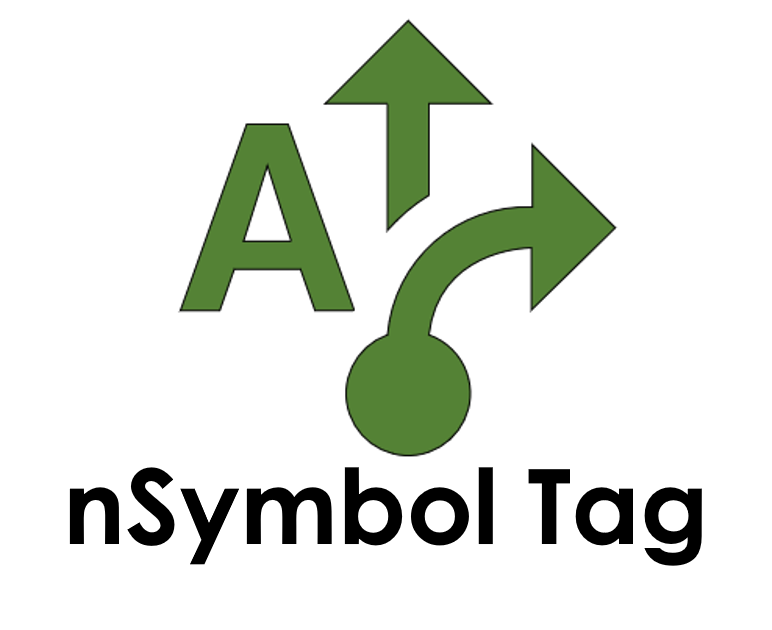Getting Started
Embracing AI in Your Workflow
Integrating AI into your daily tasks can seem daunting. We're here to simplify that process and help you understand how our platform can enhance your productivity.
- Maintaining Control: With our system, AI acts as a supportive tool rather than replacing your expertise. You retain authority over all outputs and processes, ensuring the quality meets your standards.
- Ensuring Safety and Transparency: Transparency is key. You'll have visibility into AI actions, allowing you to oversee data collection, prompt creation, and document generation, minimizing concerns about how AI operates.
- Adapting to Technology: Adopting new technology doesn't have to be overwhelming. Our user-friendly interface and ongoing support allow you to adapt at your own pace, independent of technical expertise.
Implementation Path
Step 1: Explore and EducateBegin with our guides, video tutorials, and other documentation. Familiarize yourself with features and understand how they can be applied to your tasks. |
Step 2: Define Use CasesDetermine which tasks would benefit most from AI integration, collecting insights from your team to focus on high-impact areas. |
Step 3: Start SmallBegin with a straightforward project, like automating data collection or creating a report template. Gather feedback and make adjustments based on user experiences. |
Step 4: Expand GraduallyAfter successful initial use cases, gradually explore more complex workflows and features, encouraging the sharing of insights and best practices among team members. |
Practical First Steps
- Set Up a Simple Project: Choose a straightforward task to kick things off. For example, utilize Smart Forms to streamline data collection for an upcoming project.
- Create a Shared Folder: Establish a centralized location for team members to store prompts, templates, and helpful resources, fostering collaboration.
- Document Workflows: Capture and clarify workflows visually to better understand how AI can enhance existing procedures.
Success Metrics
|
Team Collaboration
|
Creating a Center of Excellence (CoE)
For larger teams, consider establishing a Center of Excellence (CoE) to cooperate throughout AI deployment. A CoE will help share common prompts, data definitions, and approved templates across the organization, standardizing approaches and ensuring consistency.
CoE Goals
|
CoE Responsibilities
|
Linking Back to Benefits
Efficiency GainsAutomate repetitive tasks to focus on high-impact work. |
Enhanced CollaborationCreate a cooperative environment for exchanging insights. |
Improved AccuracyReduce human errors in documentation. |
ScalabilityAdapt to changing demands without extensive resources. |
By following these steps, you can build a strong foundation for using AI effectively, unlocking its potential to transform your workflows and deliver measurable results.

